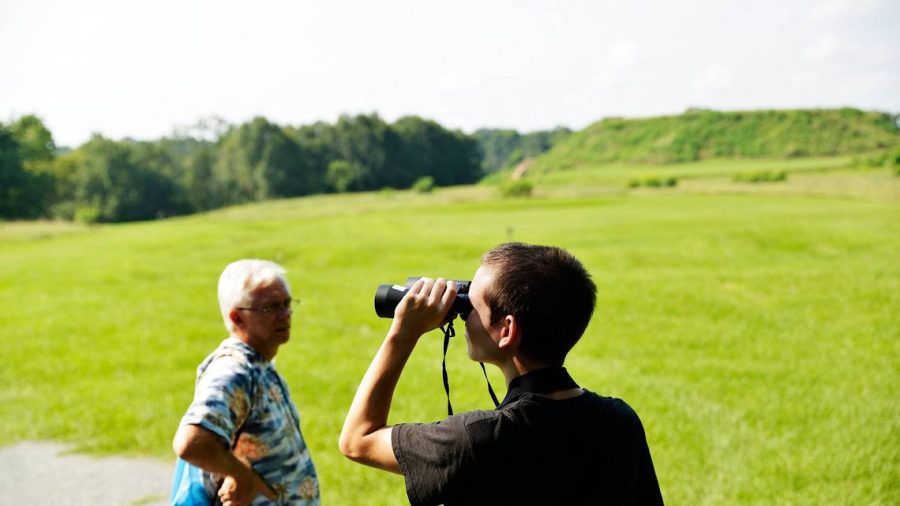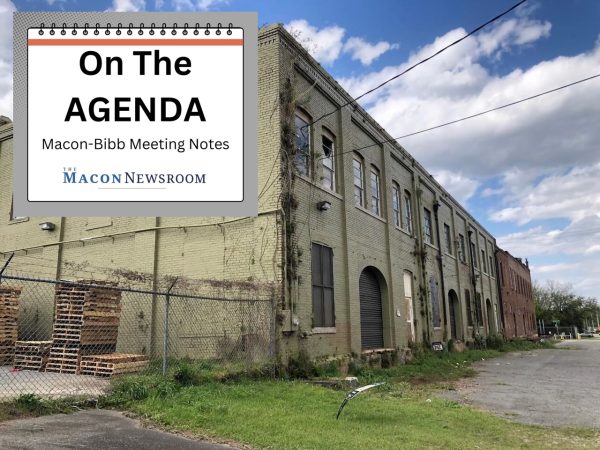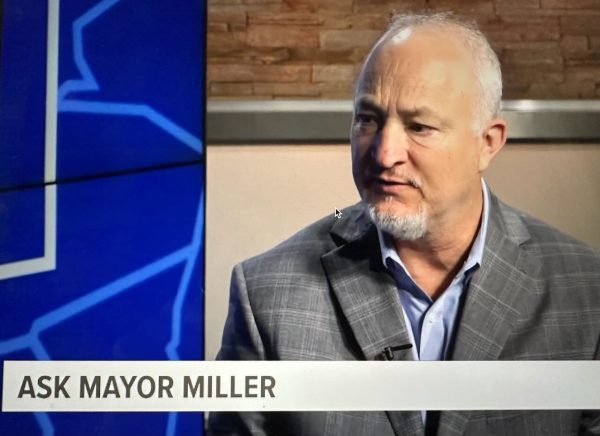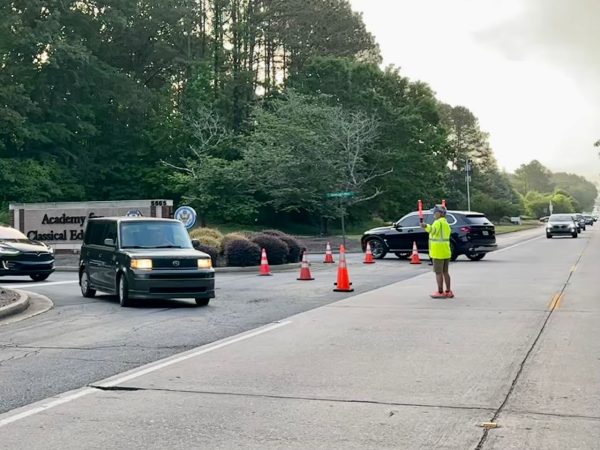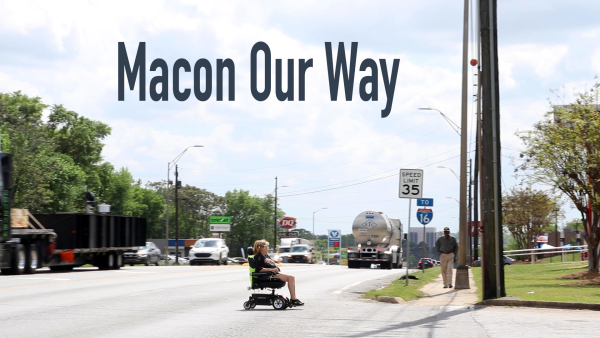Should expanded Ocmulgee Mounds national park extend to Hawkinsville?
A study is underway to determine whether a 50-mile stretch of the Ocmulgee River and adjacent land should be added to the National Park Service.
When Congress agreed to enlarge the boundaries of the former Ocmulgee National Monument the national park designation was only part of the plan.
For the next few years, the National Park Service will study whether to include about 50 river miles in Bibb, Twiggs, Houston, Bleckley and Pulaski counties.
Brian Adams, president of the Ocmulgee National Park and Preserve Initiative, said the group supports adding hunting, fishing and camping areas to the park.
“The theory being that park should be a bigger park,” Adams said.
Under the bill passed in March of 2019 that changed the name to Ocmulgee Mounds National Historical Park, the park boundary increased from 700 to 2,800 acres.
The Special Resource Study underway will consider whether the additional area meets the specific criteria to recommend inclusion in the national park system.
The land under review includes major chunks of publicly-owned property at the Bond Swamp National Wildlife Refuge, Robins Air Force Base, Echeconnee Creek Wildlife Management Area, or (WMA), Oaky Woods WMA, the Ocmulgee WMA and several public boat ramps and access points.
The new territory must clear four hurdles in the study to be recommended for park service designation. The study area must have national significance, be suitable for the designation, feasibility of the park assured and there must be a reason the property needs national park system protection. Failure to meet any of the criteria will disqualify the project and prevent the next step in the process.
Adams believes the river corridor does meet the requirements.
“There are archaeological significant sites… some of them mounds sited down toward Hawkinsville that are needing protection. There are war sites, too, and also biological issues,” Adams said.
In recent years, successful management of the rare Georgia aster in the Oaky Woods Grand Prairie about three miles from the Ocmulgee kept the purple flower off the endangered list.
Mercer University biology professor Heather Bowman Cutway said there are other species that make this area significant, such as the fringed campion pink wildflower that is found only in eight counties in Georgia, half of them in the potential park expansion. The Ocmulgee skullcap mint-like plant also is very rare.
The prairie grassland habitat is a “globally imperiled plant community,” Cutway said.
Other rare species live in this area of Middle Georgia such as the Swainson’s Warbler bird and robust redhorse sucker fish, which was thought to be extinct for over 100 years but was rediscovered in Georgia. One of its only wild populations left is near Bond Swamp.
“It’s one of the most threatened species in North America,” she said.
Although black bears are common, their presence along the Ocmulgee River is a testament to the extent of wilderness in that region, Cutway said.

While the Ocmulgee Park and Preserve Initiative has been lobbying to include hunting, fishing and camping within the park boundaries, Georgia Outdoor News reports other groups and even outdoorsmen might object.
A January article stated: “Sportsmen concerned about state WMAs and Bond Swamp NWR land being turned into a National Park should take part in the comment process and note in their comments that these lands are already well managed by state and federal agencies, and that there is no need for NPS to assume control and costs associated with incorporation of these lands into a National Park Service unit.”
Public comments are crucial to the study process which is expected to last until 2023.
“They want to know what everyone in the corridor has to say about it,” Adams said.
Pubic input was a major factor in the 2019 expansion and national park designation, he said.
“They had more positive comments than they’ve ever seen before and that was a big part of our ability to push it through Congress,” Adams said. “We want to get the word out now to comment. Everyone is a stakeholder.”
The park enthusiasts will be sharing research and encouraging public comment on the proposal.
A 2017 study funded in part by the John S. and James L. Knight Foundation concluded the existing public lands along the river have a much greater potential value to the recreation and tourism economy than is currently achieved. Adding the Bond Swamp National Wildlife Refuge and Water Management Areas to the national park could further enhance the potential, it was noted.
The public comment period is underway and will last until March 26 of this year.
Two online public meetings that will share information about the proposal are scheduled Feb. 16 from 6:30 – 8:30 p.m. and from 1 – 3 p.m. on Feb. 17.
Macon-Bibb County’s new mayor Lester Miller encourages Middle Georgians to make their voices heard.
“This is very important to have public input on a very important project,” Miller said after being briefed on the study during last week’s policy committee meeting of the Macon Area Transportation Study.
Anyone interested in learning more about the study or who would like to comment can visit parkplanning.nps.gov/OcmulgeeRiver
Links to the virtual meetings also are available through the park planning website.
-Contact Civic Reporting Senior Fellow Liz Fabian at 478-301-2976 or email fabian_lj@mercer.edu.



